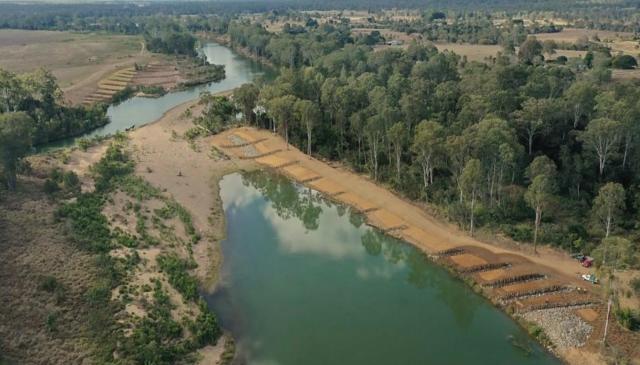Sediment laden run-off from the Mary River has been identified as a leading cause of poor water quality in the inner Great Barrier Reef, according to a consortium of environment groups working to improve stream water quality, with river bank revetation and related projects in the near-Gympie area.
A spokesperson for the Burnett Mary Regional Group said the Mary River had been identified as “one of the top five contributors of fine sediment into the Great Barrier Reef“.
The BMRG-led consortium also involves the Gympie-based Mary River Catchment Co-ordinating Committee and the firm, Alluviam Consulting.
The project involves volunteers and staff working to stabilise and revegetate badly eroding sections of the Mary River “by working directly with co-operative landholders over a four-year period“.
A spokesperson said 26,000 tonnes of sediment a year entered the Great Barrier Reef lagoon from “just eight Mary River erosion sites”.
The group hopes its work “will restabilise banks and slow the flow of water.“ It is also aiming to achieve improved land and streambank management practices.
Closer to its Bargara home, the BMRG’s Kolan River work has had noted success in improving runoff quality, described by group chief executive Tom Espinoza as “one of the most important things to protect the reef”.
Water quality affected the reef’s ability to resist and recover from the impact of climate change, natural disasters, and other threats, he said.
The BMRG’s efforts were noted in a Reef Trust Water Quality Achievements report which Mr Espinoza said highlighted collaboration with other groups and landholders.






